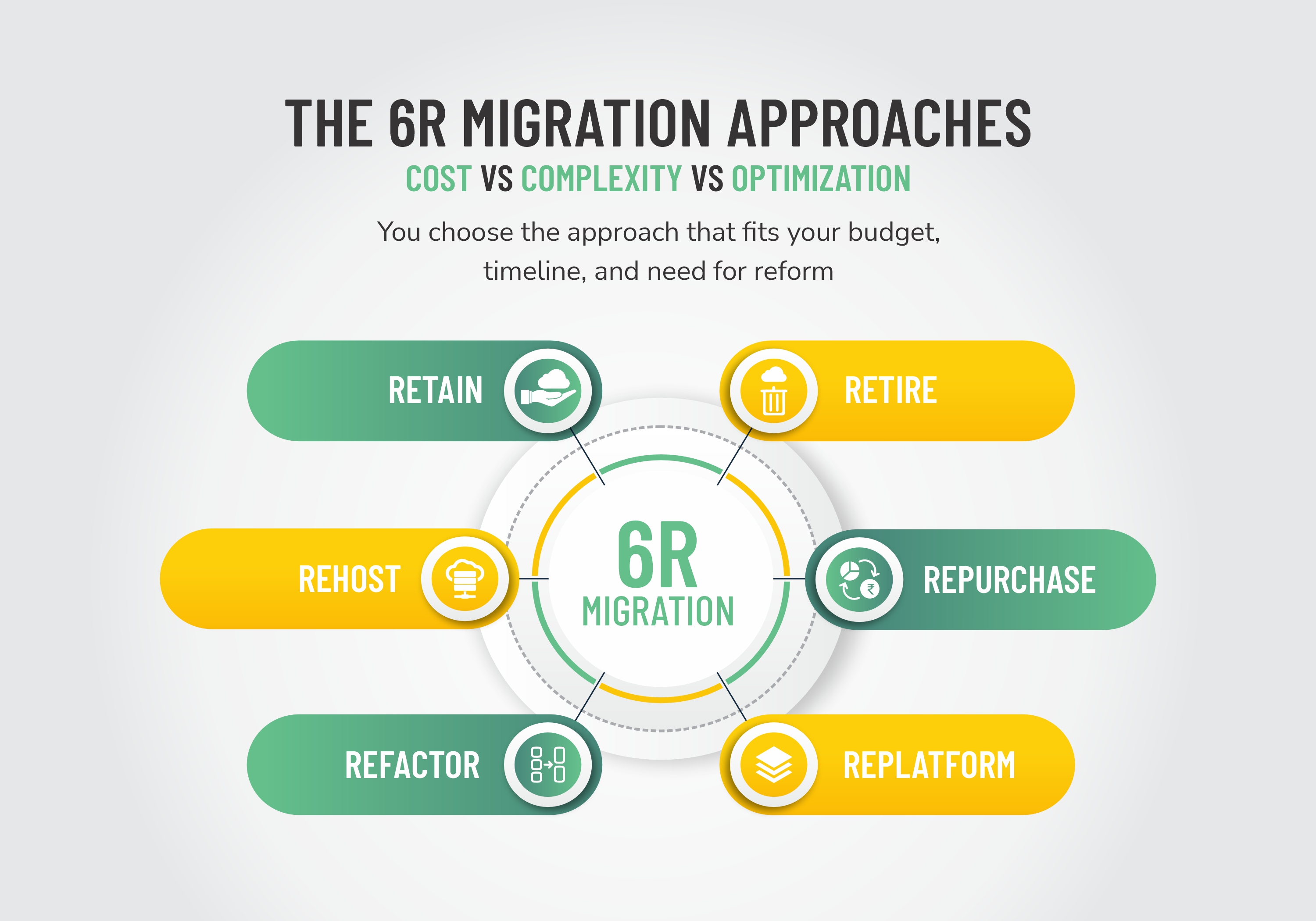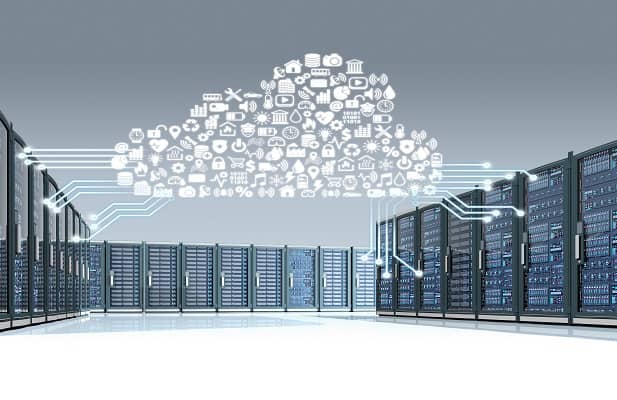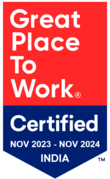Over a few years, there has been an unprecedented surge in Mainframe Migration to Cloud. In a Mainframe Migration Business Barometer report, nearly 98% of respondents agreed to have active plans to migrate legacy applications.
Amidst this rising trend, one of the enterprises’ most common doubts about mainframe migration is cost estimation and budgeting. Typically, the cost is exceptionally project-specific. Businesses must exhaustively assess several factors to get a reasonably accurate estimate for Legacy Software Application Migration.
The following pointers highlight major cost contributors while migrating to cloud.

Table of Contents
Mainframe Migration Cost implications of the project’s scope and complexity
Planning and budgeting for Legacy Software Application Migration become challenging due to humungous data volumes, millions of lines of code, numerous transactions, and their periodicity.
Businesses must conduct a comprehensive evaluation to define the lines of code and data volume in the scope itself. Such scope definition is pivotal for all other decisions, such as migration approach, strategy, tools, and associated costs.
Partnering with industry experts helps in precise and thorough mainframe migration cost estimation. Business analysts can also utilize pricing calculators from various cloud vendors to guide their decisions.
CapEx on the target infrastructure
Capital expenditure on infrastructure takes a significant portion of the budget while shifting to a new architecture. Companies can choose from the following possible target infrastructures based on their requirements and constraints.
On-premise architecture
On-premise architecture provides maximum data security, which is also a decisive factor for highly regulated industries. The enterprise data is stored locally to ensure complete data security, control, compliance, and accessibility independent of internet connectivity.
The entirely on-premise solution increases the management and maintenance costs exponentially. The company has to spend on in-house hardware, software licenses, and proprietary tools. It also entails costs for the IT team to manage possible issues effectively.
Cloud architecture
A third-party cloud provider hosts all the enterprise data and applications off-site in a cloud-based environment. It eliminates the expenses for hosting in-house servers, backups, and maintenance.
Companies use the resources as required. IaaS models allow paying as-you-go or on-demand to acquire a more cost-aware architecture. These flexible paying models optimize the scaling up and down.
Hybrid architecture
A hybrid architecture takes the best of both worlds. Often companies prefer to host hyper-sensitive data on-premises for greater control, safety, and adherence to proprietary constraints. Businesses can keep the sensitive data and applications on-premises while migrating the rest to the cloud to optimize the overall mainframe migration cost.
In either case, choosing a seasoned vendor with proven tools and tech stacks can significantly reduce costs.
Mainframe Migration Cost for the choice of the technology stack
While choosing the tech stack, businesses can choose between proprietary and public cloud providers. While private clouds delegate greater security and control, these entail higher costs. Public cloud provides greater flexibility, scalability, and ease of migration at more economical pricing.
A global survey from O’Reilly reveals that 30% of the respondents consider costing the most prominent concern while picking private clouds. Consequently, the public’s open-source benefits, notably lower cost, make them a preferred choice. However, many organizations opt for multi-cloud architecture, balancing security and control with mainframe migration cost and flexibility.
Mainframe Migration Cost implications for 6R migration approaches
The 6Rs are the most widely used approaches for Legacy Software Application Migration. These approaches help identify each application and the best migration strategy and have different cost implications.

The 6R Migration Approaches: Cost vs Complexity vs Optimization
You choose the approach that fits your budget, timeline, and need for reform
- Rehosting: This lift-and-shift approach replicates the on-premise architecture to the cloud with few or no process changes. As migration involves no code-level changes, it entails minimal mainframe migration cost.
- Refactoring involves re-engineering processes by breaking applications into microservices wrapped into containers. Full cloud-native benefits prove profitable in the long run.
- Replatforming strategy lifts and reshapes applications to suit the cloud ecosystem without significant core-architectural changes. It is highly cost-effective, and IaaS platforms with pay-as-you-use models further optimize the project cost.
- Repurchasing, called the drop-and-shop strategy, replaces legacy applications with a cloud-native vendor-packaged SaaS with the same capabilities. It entails the cost of SaaS purchase, staff training, and vendor lock-ins but saves significantly on storage and maintenance.
- Retiring involves decommissioning applications that the enterprise no longer uses. Retiring eliminates the infrastructure and licensing costs (if any) associated with such applications, optimizing the overall mainframe migration cost.
- Retaining is a no-movement approach, eliminating hyper-critical applications from change and migration. There is no shifting to the new platform, so it incurs no cost.
Refactoring and Re-platforming are the most preferred of the six approaches for cost-effectiveness. According to IT analysts, the cost of developing or implementing new business logic from scratch is approximately five times higher compared to reusing existing business logic, even when potential risks such as system failures and security breaches are not taken into account.
In the context of legacy systems or software applications, replacing business logic typically involves developing new logic or functionality to replace existing logic that may be outdated, inefficient, or no longer aligned with current business requirements. This can involve significant efforts in terms of analysis, design, coding, testing, and integration. On the other hand, reusing business logic involves leveraging existing code, functionality, or knowledge that has already been developed, tested, and implemented, which can potentially result in cost savings in terms of development time, effort, and resources.
It’s important to note that the actual cost and feasibility of replacing or reusing business logic in a given situation may vary depending on various factors such as the specific legacy system, the quality of existing code, the nature of the business logic, the available resources, and the organization’s requirements. Careful analysis and evaluation should be conducted to determine the most appropriate approach in each case. Companies can also combine multiple strategies to create and communicate the migration roadmap competently.
Integration and implementation cost
Cloud platforms include a rich gamut of tools for databases, IT security, enterprise applications, analytics, and more. Other tools, such as real-time data exchange, systems, and repositories, are also a part of migration processes. Seamless integration of these tools and components is imperative for a successful project.
Most cloud vendors provide services to enable such integration. Amazon EC2, Azure VM, and Compute Engine are some integration services offered by AWS, Azure, and GCP.
The integration cost in a Mainframe Migration project highly depends on the tech stack, vendor choice, and their offered integration services. The price also increases with the rising number of interfacing applications and interface complexity. An API requiring a simple PDF sharing costs less than a complex interface networking users and resources through active directories.
The cost associated with the target architecture
The choice between monolithic and microservice-based architecture significantly contributes to the overall mainframe migration cost.
Monolithic architecture, typically a large block of code with multiple closely coupled modules, is easy to build but has a slow build and release cycle. Conversely, microservices are small applications deployed as a collection of small services using different communication methods. It delivers better organization and agile deployment that proves cost-effective over time.
Microservices also allow using lightweight containers instead of standalone VMs. It eliminates the need to reproduce the operating system reducing the cost considerably.
OpEx of Mainframe Migration
The OpEx for a migration project is highly subjective and depends on the industry, organization, and project size. The following are some essential considerations for its estimation.
- Licensing: The established infrastructure and software come with monthly or yearly licensing that adds to the overall project budget.
- Recurring cost: Several regular expenses, viz., system operations, administration and monitoring, updates, concurrently maintaining multiple systems, security, and others, are associated with every migration project.
- Maintenance cost: Cloud providers offer enterprise-specific maintenance services for businesses and their IT infrastructure. AMC plans often include power, storage, application, databases, and other IT assets. On-demand plans help significantly reduce these expenses.
With the business growth, the number of transactions or end users increases, which also increases the overall OpEx.
Mainframe Migration Cost induced due to project timeline
The financial plan for Mainframe Migration must designate a definite timeline that includes understanding labor resources, cutting over target systems, and comprehending weekly OpEx.
The schedule and period of complete migration must be understandable, measurable, and trackable. It helps identify and eliminate recurring issues that are a significant reason for derailing the budget. It averts delays which can block business resources for longer and increase expenses.
Database migration cost
Migrating large volumes of legacy data is risky and requires detailed planning with definite milestones. Independently estimating these milestones helps in crafting a comprehensive strategy within budget.
At the pre-migration stage, determining data migration cost includes:
- Cost of on-premise setup that is still running
- Database upgrades for compliance with the new infrastructure
- Demo testing and establishing POC
During migration, the cloud provider charges for the migration, including costs for licensing, spinning new servers, and ongoing data refactoring.
Mainframe Migration Cost for functional changes
Rushing through assessing the legacy and target infrastructure often leads to several missing or misunderstood necessary and desired functionalities to migrate.
Any functionality changes or enhancements introduced in the later migration stages can significantly derail the budget. Analysts also need to recognize and articulate the various capabilities of the cloud environment. Including possible functionalities in the early phase is crucial to avoid later delays and costs.
Performance cost
Business analysts must collect and analyze the performance metrics and SLAs to define optimum performance, typical dips, and usage bursts. Numerous performance and functional tests and automated tools help to assess code quality and functionality. Non-functional requirements, such as application scalability, availability, security, fault tolerance, and recovery, also contribute to performance and operational costs.
Analysts gauge the SLAs and determine the bottlenecks and baselines. It helps identify the cloud provider’s most cost-effective instance (static or on-demand). Businesses can estimate the cost of various workloads in different cloud providers to pick the most lucrative solution.
Cost of human resources
Legacy Software Application Migration is a team game. Enterprise needs human resources to run applications and infrastructures (on-prem and cloud), programmers, and a support squad to execute the project successfully.
The experts’ team includes a DBA, cloud engineer, security and compliance manager, system administrator, Dev team, functional expert, and business analyst. Maintaining such a team and keeping labor abreast with the latest development is a dominant factor in mainframe migration costs.
Take a well-estimated leap to the future
Despite the overwhelming momentum in cloud migration, the time and cost are primarily understated or unknown. The business impact of cloud adoption illustrated in financial models often highlights several risk factors.
The main reason is the need for experts to understand finances beyond processes, technologies, and complexities. Immaculate cost optimization ensures successful Mainframe Migration and cloud-based future-ready operations.



